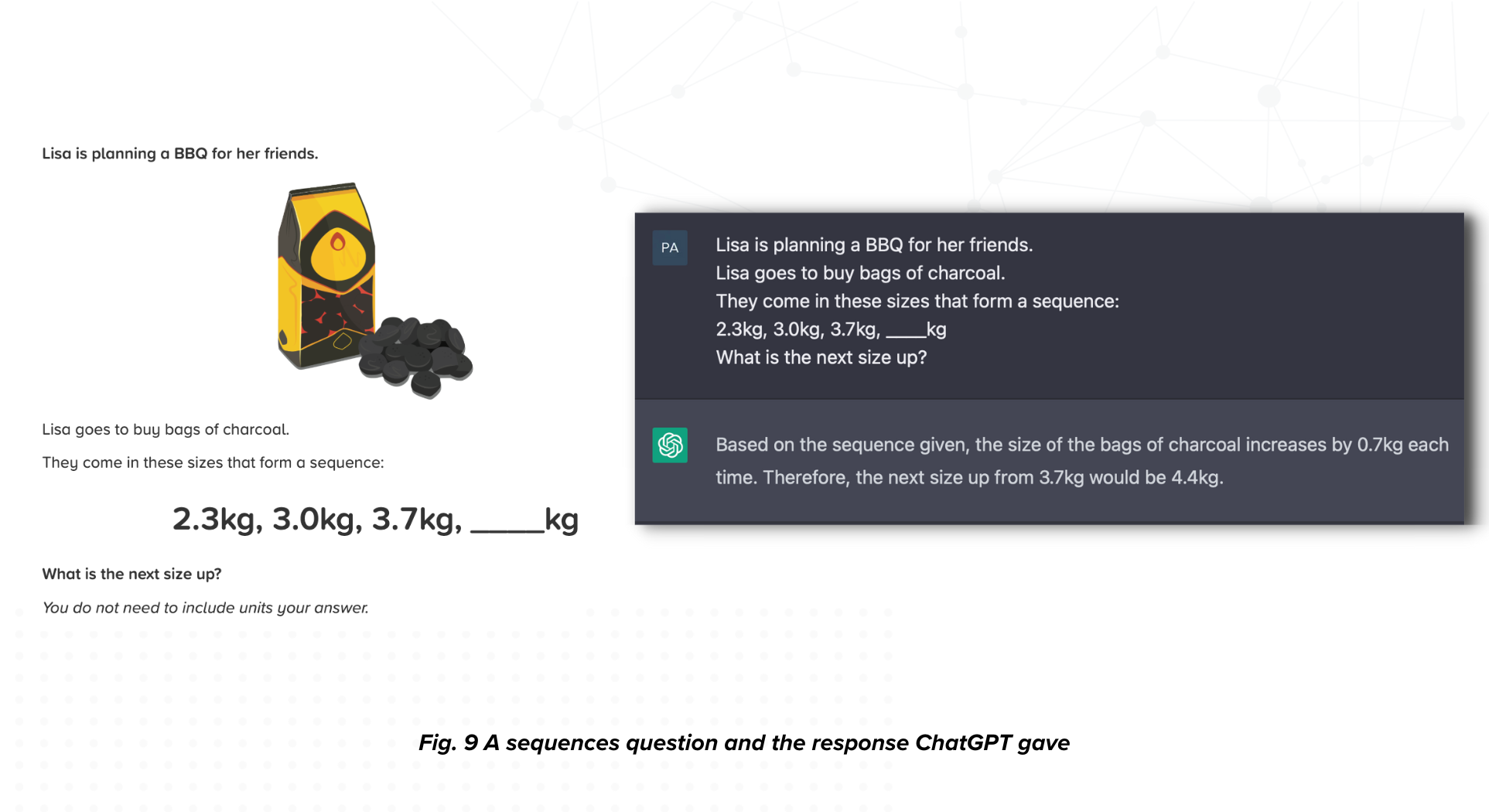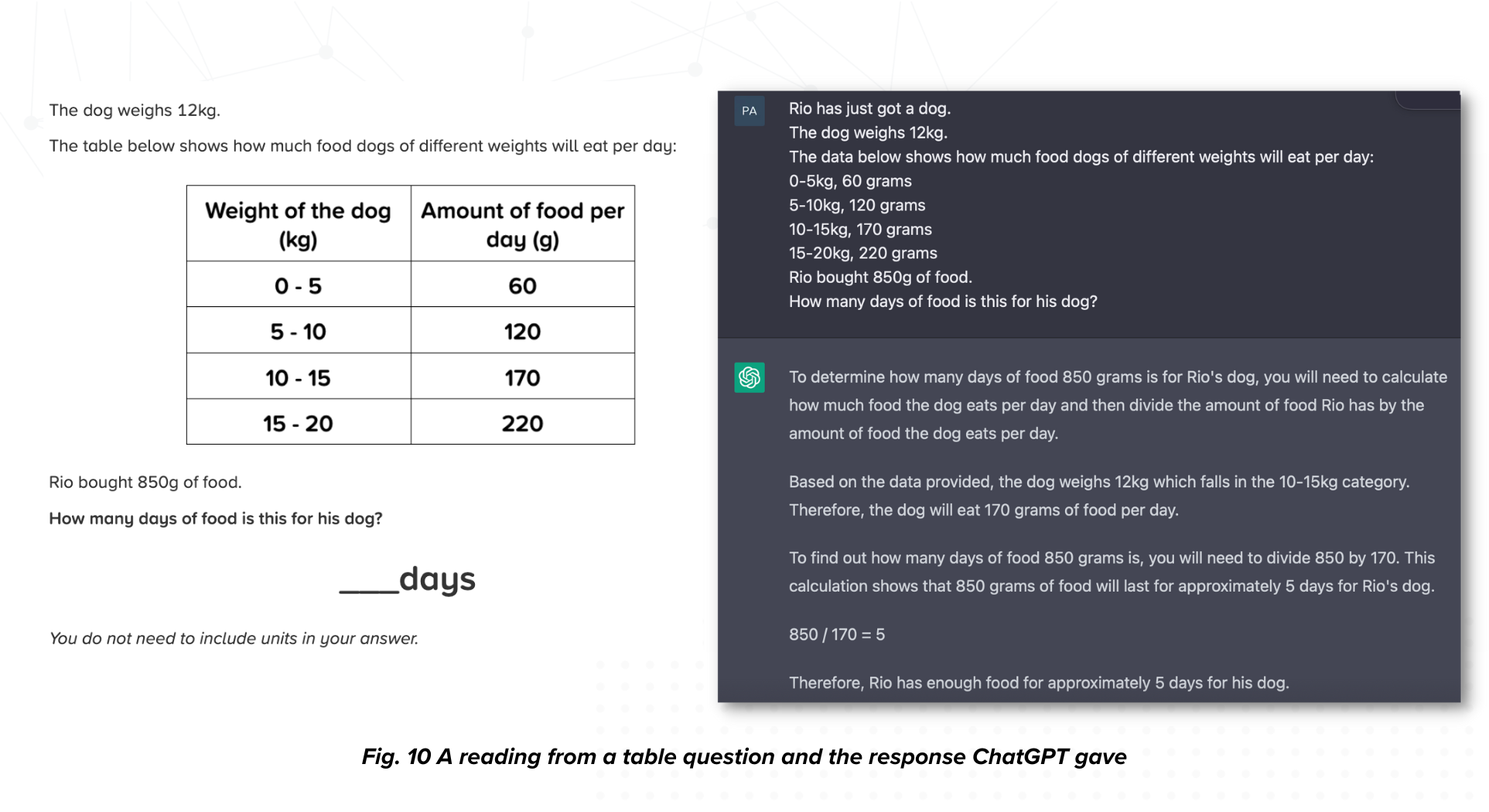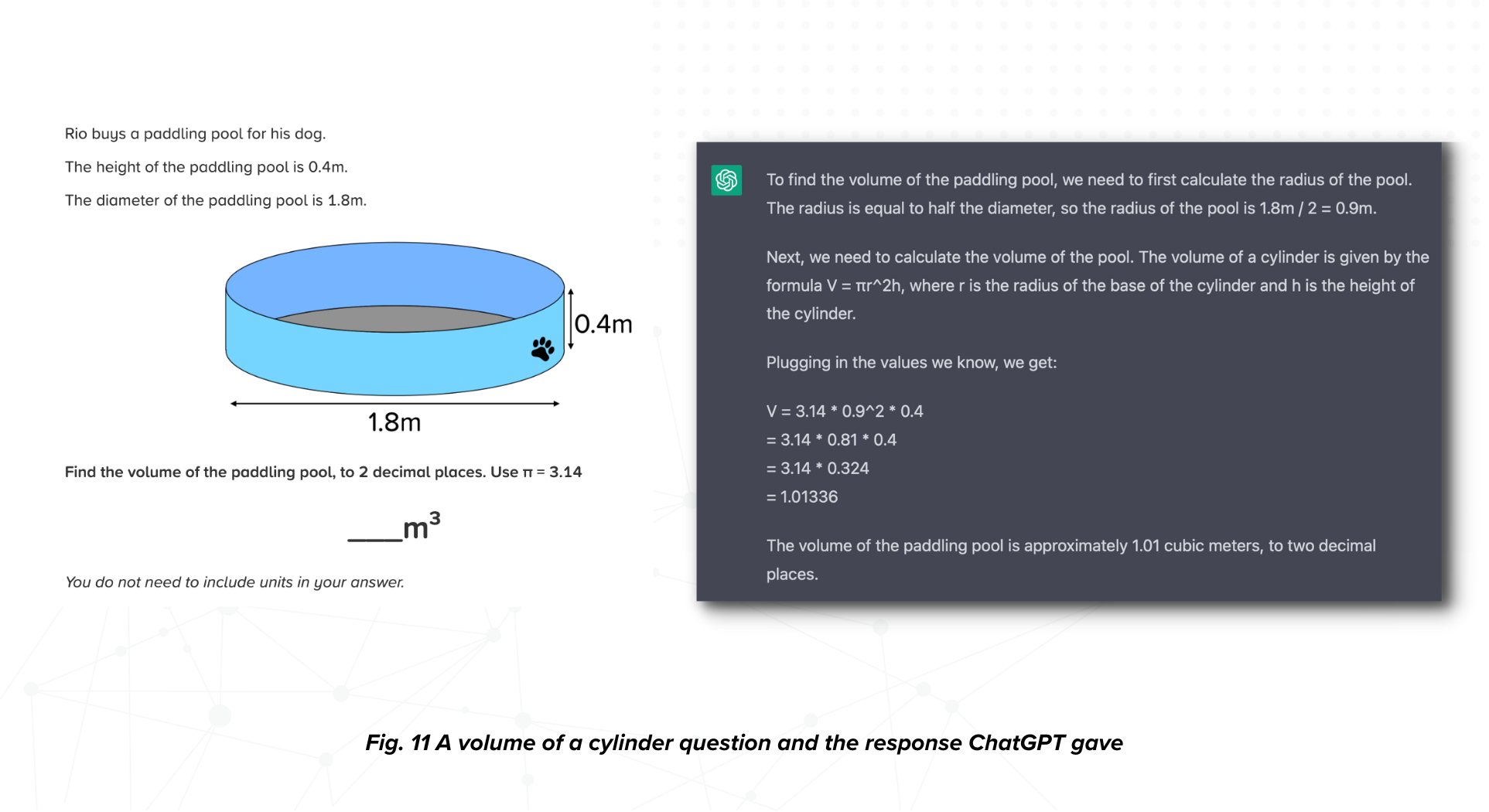Estimated reading time: 7 minutes
We put ChatGPT through its mathematical paces to see how it performed on a variety of CENTURY’s maths questions from Functional Skills through to GCSE. In part one of this two-part series we looked at which questions ChatGPT aced and those it struggled with, and in part two we will explore how maths teachers can leverage generative AI technology to support teaching and learning in the classroom.
Though there are many pitfalls for teachers and learners to be wary of when using ChatGPT, especially if looking for shortcuts, there are also many positive, responsible ways to use ChatGPT as a resource in the classroom or to help support home learning. Teachers can introduce students to it in class and examine it together, pick apart its strengths and weaknesses and educate students on how they can use it as a resource to supplement their learning.
After all, we don’t hide from students how to use tools like calculators or graphing software. On the contrary we dedicate time to showing students how to use them effectively. Students can be trained to use ChatGPT as a reference, just like a textbook or an internet search, but arguably this could have a greater potential impact on student agency in learning.
We thought it could be quite novel - and interesting - to use ChatGPT for a probability exercise. How many of us as maths teachers have set a probability lesson with students rolling dice or flipping coins and recording the results? Teachers could bring that lesson up to date, simultaneously demonstrating firsthand to students that ChatGPT is not always reliable, by setting a task to enter a variety of problems into the AI tool. The students could then double check the answers themselves and record how often ChatGPT produces the right answer.
While ChatGPT is inconsistent (at best) at providing correct answers, it is seemingly more reliable at identifying and explaining correct methods. Figure 9 shows a sequences question with a simple explanation of the method used to find the answer. The language used is very concise and accessible for secondary school students. The explanation is good, perhaps it might be even better than if the struggling student asked a friend or older sibling. This is great if you look at and set homework from the perspective of student learning rather than as a summative assessment tool. Even better, a student could use ChatGPT independently for help in real time, rather than waiting for someone to help them.
Figure 10 shows another great example of ChatGPT providing a clear, concise and accessible method for the question before giving the correct answer. The AI has great potential as a teaching and learning tool, as any student struggling with this question could understand this explanation and easily use it for other, similar questions in an exercise.
Though ChatGPT has provided the correct answer this time, we would stress the importance of checking answers manually, even if the method is correct. Not only will this help catch errors, but in other cases it could identify where the AI may have made an error in the method, with a student either having to correct it themselves, or enter another prompt if they still need help answering that style of question.
ChatGPT can provide support when a student may not be able to recognise the type of question, too. In figure 11, we copied the text from the question verbatim as a prompt. ChatGPT does not allow for us to copy the diagram, and we did not even attempt to describe it. The language learning model instantly identified that this question was about the volume of a cylinder, perhaps by recognising the term ‘paddling pool’ (these are often cylindrical) or by inferring that as the method provided the diameter and height of an object, a definition of π and an instruction to “find the volume”. The programme may even have used elements of both to ‘work out’ that this question was about the volume of a cylinder.
In this case, ChatGPT would be significantly more helpful for a learner than most other tools on the internet. If the learner did not know the shape was a cylinder, they would not have an appropriate term to enter into a search engine to find out for themselves. Entering the words “height diameter pi volume” in a search engine would lead you to the volume of a cylinder, however breaking down the question like this might prove challenging for a student already having trouble with it. By identifying the shape and knowing the term “cylinder”, ChatGPT can provide useful support for a student who is stuck and unsure of what to do next.
Note that the response given by ChatGPT (1.01336 rounding to 1.01) is actually incorrect, albeit very close - the correct answer is 1.01736 rounding to 1.02. As with many other questions we found that the AI could identify the correct method, but made a fundamental, and relatively surprising, error in attempting to perform basic arithmetic. Though OpenAI has upgraded ChatGPT’s mathematical ability, this should not be considered foolproof yet. The main utility of this tool for a student is outlining the method, not just being given the answer, especially as working through the method manually will help the student identify any errors the AI makes.
These are just a few examples of how teachers and students can use a tool like ChatGPT in the classroom, or to support independent or home learning. The possibilities beyond this are many and we would encourage sensible exploration of these tools. ChatGPT is clearly far more useful to students as a tool to support learning, rather than a cheat-code or a shortcut to answers.
More technologically confident students may even find that rather than just inputting questions that they are having trouble with verbatim, they can craft prompts that provide the feedback or help they need. Encouraging students to break down questions and try to ask ChatGPT for specific help with methods when they cannot work out which one to use could be a tactic to improve the use of resources when completing homework. Similarly, asking the AI to reword a confusing explanation in simpler terms, or to provide other examples to demonstrate how to answer a question could also help overcome roadblocks when learning independently.
There is no reason teachers should avoid this technology altogether. Rather than avoiding it, pretending it does not exist, or banning its use, teachers can engage with this technology and learn for themselves how best they can use ChatGPT to help their students be more successful in their learning. After all, that is what we all want as educators.
ChatGPT is a generative language model, a very different kind of AI to CENTURY, which is a custom recommender system. Learn more about how an AI like CENTURY can support teaching and learning here.






